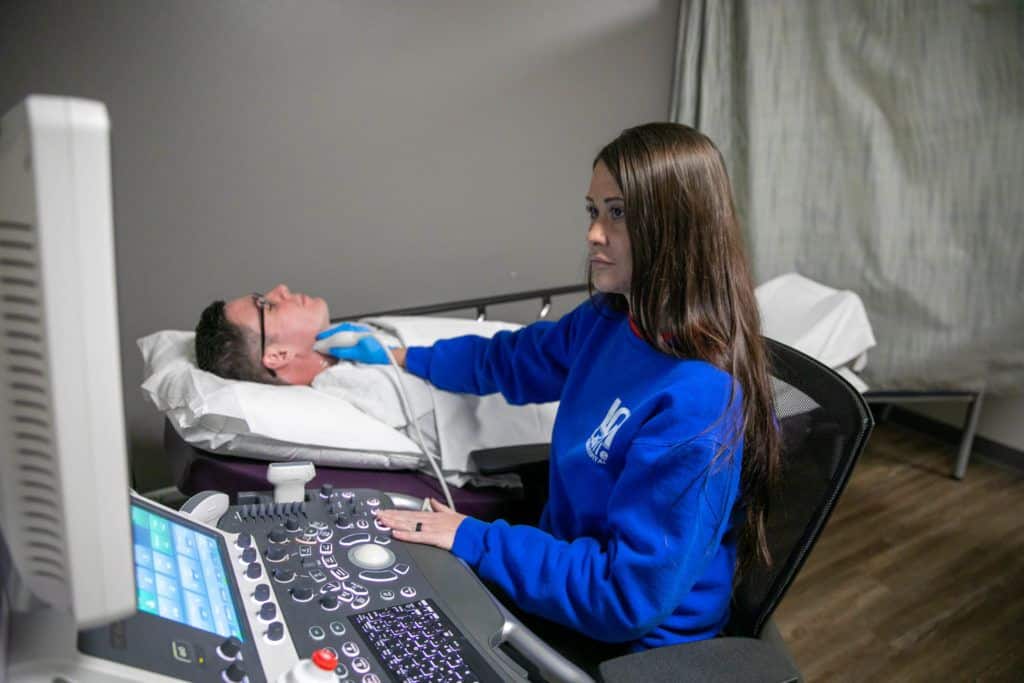Understanding the role and scope of Radiology in Healthcare is crucial for anyone navigating medical diagnostics. Radiology plays a vital role in diagnosing and treating various health conditions.
Understanding Radiology
What is radiology used for in healthcare?
Radiology is primarily used for diagnosing and monitoring a wide range of health conditions. It involves various imaging techniques to visualize the internal structures of the body, helping in accurate diagnosis and treatment planning.
How does radiology differ from other medical fields?
Radiology uniquely focuses on using imaging technologies to diagnose and treat diseases. Unlike other medical fields that rely on physical examinations and laboratory tests, radiology provides a non-invasive insight into the body.
What are the main types of radiology?
Key types of radiology include diagnostic radiology, which focuses on imaging to diagnose diseases, and interventional radiology, which involves minimally invasive procedures guided by imaging techniques.
Can radiology detect all types of diseases?
While radiology is highly effective in detecting many conditions, its ability to diagnose depends on the type of disease and the imaging modality used. Some conditions may require additional tests for a comprehensive diagnosis.
Imaging Services Overview
What imaging services does LaSalle General Hospital provide?
LaSalle General Hospital offers a variety of imaging services, including X-rays, MRI, CT scans, and ultrasound, catering to diverse diagnostic needs. Visit our radiology page for more details.
How do I know which imaging service I need?
The choice of imaging service depends on the medical condition being investigated. Your healthcare provider will recommend the most appropriate imaging test based on your symptoms and health history.
Are there different imaging techniques for various conditions?
Yes, different conditions require specific imaging techniques. For example, MRIs are preferable for soft tissue conditions, while CT scans are better for detecting bone and lung issues.
What are the most common radiology procedures?
Common radiology procedures include X-rays, CT scans, MRIs, ultrasounds, and mammograms. Each of these plays a vital role in diagnosing a range of medical conditions.
Understanding the role of radiology in healthcare is essential for anyone undergoing medical treatment or diagnosis. At LaSalle General Hospital, we’re committed to providing our patients with state-of-the-art imaging services tailored to their unique health needs. By leveraging advanced radiology techniques, we aim to ensure accurate diagnoses and effective treatment plans for all our patients. Remember, your healthcare journey is our priority, and our radiology department is here to support you every step of the way. Visit our radiology page for more information about our services.

